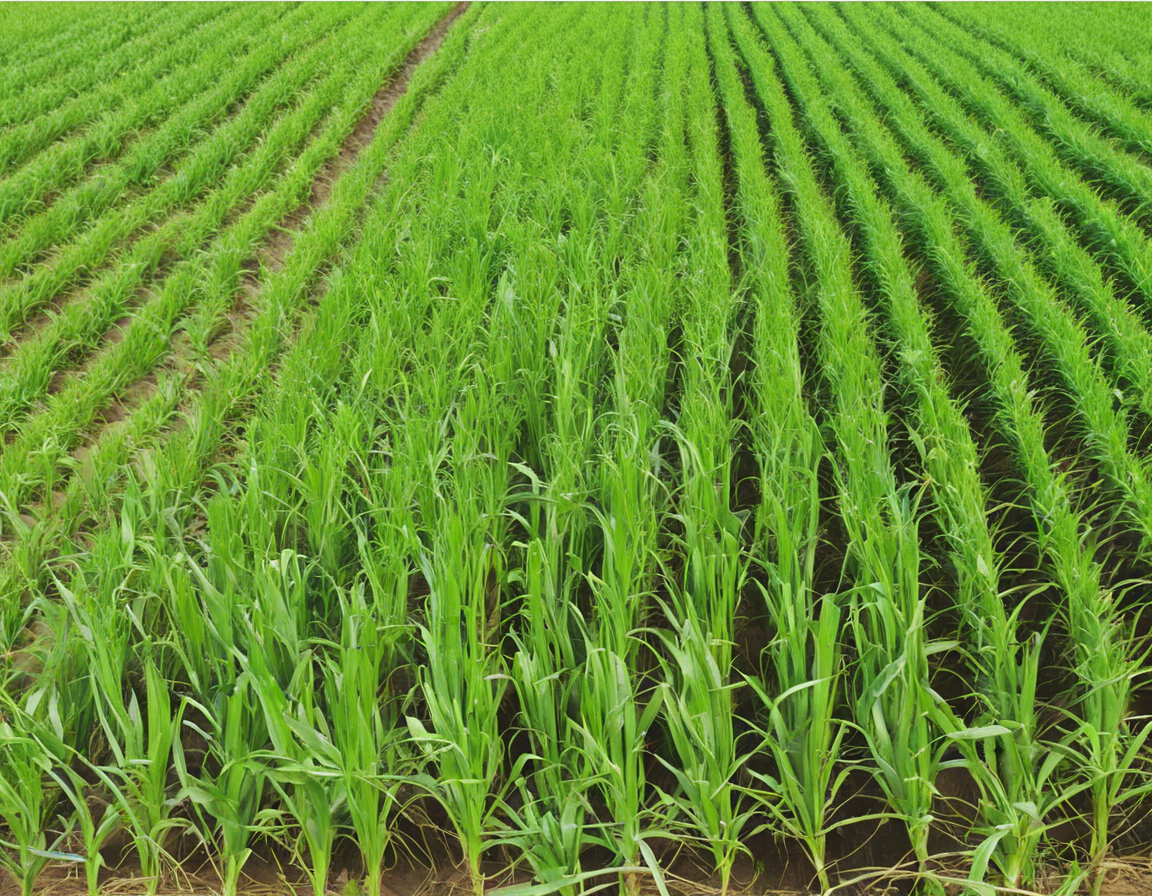Introduction
Kharif crops are an essential part of agricultural practices in India and other tropical countries. They are sown at the beginning of the rainy season, also known as the southwest monsoon season. These crops play a crucial role in the agrarian economy and contribute significantly to the food security of the country. Understanding Kharif crops, their cultivation practices, and their importance is vital for farmers and agricultural enthusiasts alike.
What are Kharif Crops?
Kharif crops are crops that are sown at the beginning of the monsoon season and harvested at the end of the rainy season. These crops are characterized by their high water requirement and are commonly grown during the rainy season. The term “Kharif” is derived from the Arabic word “Kharif,” which means autumn.
Types of Kharif Crops
-
Rice: Rice is the primary Kharif crop grown in India. It is a staple food for a large portion of the country’s population and is cultivated extensively in states like West Bengal, Uttar Pradesh, Andhra Pradesh, and Odisha.
-
Maize: Maize is another essential Kharif crop that is grown for both human consumption and animal feed. It is cultivated in states like Karnataka, Uttar Pradesh, and Rajasthan.
-
Cotton: Cotton is a cash crop that is extensively cultivated during the Kharif season. States like Maharashtra, Gujarat, and Telangana are major producers of cotton.
-
Pulses: Pulses like pigeon pea (arhar), green gram (moong), black gram (urad), and soybean are also grown as Kharif crops. These crops are a good source of protein and are vital for a balanced diet.
-
Sugarcane: Sugarcane is a high-yielding crop that is grown for sugar production. It is a major Kharif crop in states like Maharashtra, Uttar Pradesh, and Karnataka.
Cultivation Practices for Kharif Crops
-
Land Preparation: The land should be plowed and leveled before sowing Kharif crops to ensure proper water retention and drainage.
-
Seed Selection: High-quality seeds should be selected from reliable sources to ensure a good yield.
-
Sowing Time: Kharif crops should be sown at the onset of the monsoon season to benefit from the rains.
-
Irrigation: Adequate water supply is essential for Kharif crops, especially in areas with erratic rainfall.
-
Fertilization: Proper fertilizers should be used based on soil testing to ensure that the crops get the required nutrients.
-
Weed and Pest Control: Regular weeding and pest control measures should be implemented to prevent crop damage.
Importance of Kharif Crops
Kharif crops play a vital role in the agricultural economy of India for several reasons:
-
Food Security: Kharif crops like rice, maize, and pulses are essential for ensuring food security in the country.
-
Income Generation: Cultivation of cash crops like cotton and sugarcane during the Kharif season provides farmers with an additional source of income.
-
Employment: The cultivation and harvesting of Kharif crops generate employment opportunities in rural areas, thereby reducing unemployment.
-
Crop Rotation: Growing Kharif crops helps in crop rotation, which is essential for maintaining soil fertility and preventing pest build-up.
Challenges Faced in Kharif Crop Cultivation
-
Erratic Monsoons: Inadequate or excess rainfall can affect Kharif crop yields, leading to losses for farmers.
-
Pest Attacks: Pests like armyworms, locusts, and bollworms can cause significant damage to Kharif crops if not managed effectively.
-
Water Management: Proper irrigation and water management are crucial for the optimal growth of Kharif crops, especially in regions with erratic rainfall.
-
Market Fluctuations: Price fluctuations in the market can impact the income of farmers cultivating Kharif crops, leading to financial uncertainties.
Frequently Asked Questions (FAQs)
-
Q: What are some common examples of Kharif crops?
A: Common Kharif crops include rice, maize, cotton, pulses, and sugarcane. -
Q: When is the best time to sow Kharif crops?
A: Kharif crops should be sown at the beginning of the monsoon season, typically between June and July. -
Q: How important are Kharif crops for the Indian economy?
A: Kharif crops are crucial for the Indian economy as they contribute significantly to food security, income generation, and employment in the agricultural sector. -
Q: What are some challenges faced by farmers in cultivating Kharif crops?
A: Farmers face challenges such as erratic monsoons, pest attacks, water management issues, and market fluctuations while cultivating Kharif crops. -
Q: How can farmers ensure a good yield from Kharif crops?
A: Farmers can ensure a good yield from Kharif crops by following proper cultivation practices, using high-quality seeds, implementing timely irrigation, and effectively managing pests and diseases.
In conclusion, understanding Kharif crops and their cultivation practices is essential for maximizing agricultural productivity and ensuring food security. By overcoming challenges and leveraging the benefits of Kharif crops, farmers can contribute significantly to the growth of the agricultural sector and the overall economy.
